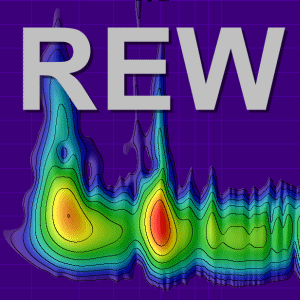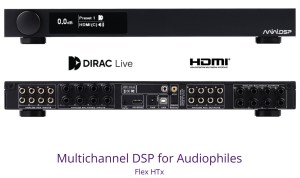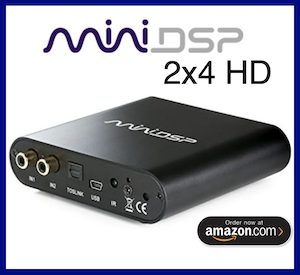robbnj
Member
Thread Starter
- Joined
- Oct 24, 2022
- Posts
- 31
More
- Preamp, Processor or Receiver
- Denon
- Main Amp
- B&O icePower
- DAC
- Denon
- Computer Audio
- JRiver
Hi all.
'Sorry if this has been asked a dozen times and is a total neophyte question, but I just can't seem to word my search correctly to get an answer:
Is it possible to create a correction, and then immediately test how that correction affects the measured response/output of a speaker?
I know I can create and add a convolution in JRiver, or apply a curve I created through APO system-level EQ, but I can't run the REW sweep through JRiver, and I'd like to avoid APO for fear I will forget it is active, and run corrected sweeps while testing various speakers.
I was thinking along the lines of creating and saving a correction and then being able "apply curve to output sweep" in REW, and run the test again.
Am I totally in left field with this idea?
'Sorry if this has been asked a dozen times and is a total neophyte question, but I just can't seem to word my search correctly to get an answer:
Is it possible to create a correction, and then immediately test how that correction affects the measured response/output of a speaker?
I know I can create and add a convolution in JRiver, or apply a curve I created through APO system-level EQ, but I can't run the REW sweep through JRiver, and I'd like to avoid APO for fear I will forget it is active, and run corrected sweeps while testing various speakers.
I was thinking along the lines of creating and saving a correction and then being able "apply curve to output sweep" in REW, and run the test again.
Am I totally in left field with this idea?












